‘Shouldn’t Exist’: Whale Not Seen in Atlantic Ocean for Over 200 Years Spotted Off Massachusetts Coast
A team of scientists made a discovery that defied all odds after spotting a species of whale in the Atlantic Ocean that went extinct over two centuries ago.
The team of marine biologists and researchers from the New England Aquarium was conducting an aerial survey off the coast of Nantucket when they came across the exhilarating sighting. However, the implications of the discovery may suggest that climate change played a role in the whale’s appearance.
Gray Whales Go Extinct in the Atlantic Ocean
Gray whales are one of the oldest living baleen species in the world, having existed for several million years.

Source: Wikimedia
Gray whales are easily identifiable by researchers and some members of the public. They are characterized by their unique gray coloration, often adorned with whale lice and barnacles.
The Extinction of the Gray Whales in the Atlantic
Gray Whales, which can weigh up to 41 tons, once thrived in the Atlantic Ocean before whaling led to the species’ extinction in the region by the 18th century.

Source: Wikimedia
While they are still fairly common in the North Pacific, few have been observed in the Atlantic for over two centuries. However, scientists from the New England Aquarium (NEA) recently spotted one of the majestic creatures during a flight off the coast of Nantucket.
Researchers Observe Extremely Rare Whale
The team of researchers captured the “incredible event” in March. According to their report, the gray whale appeared to be feeding as it repeatedly dove beneath the surface of the water before resurfacing.
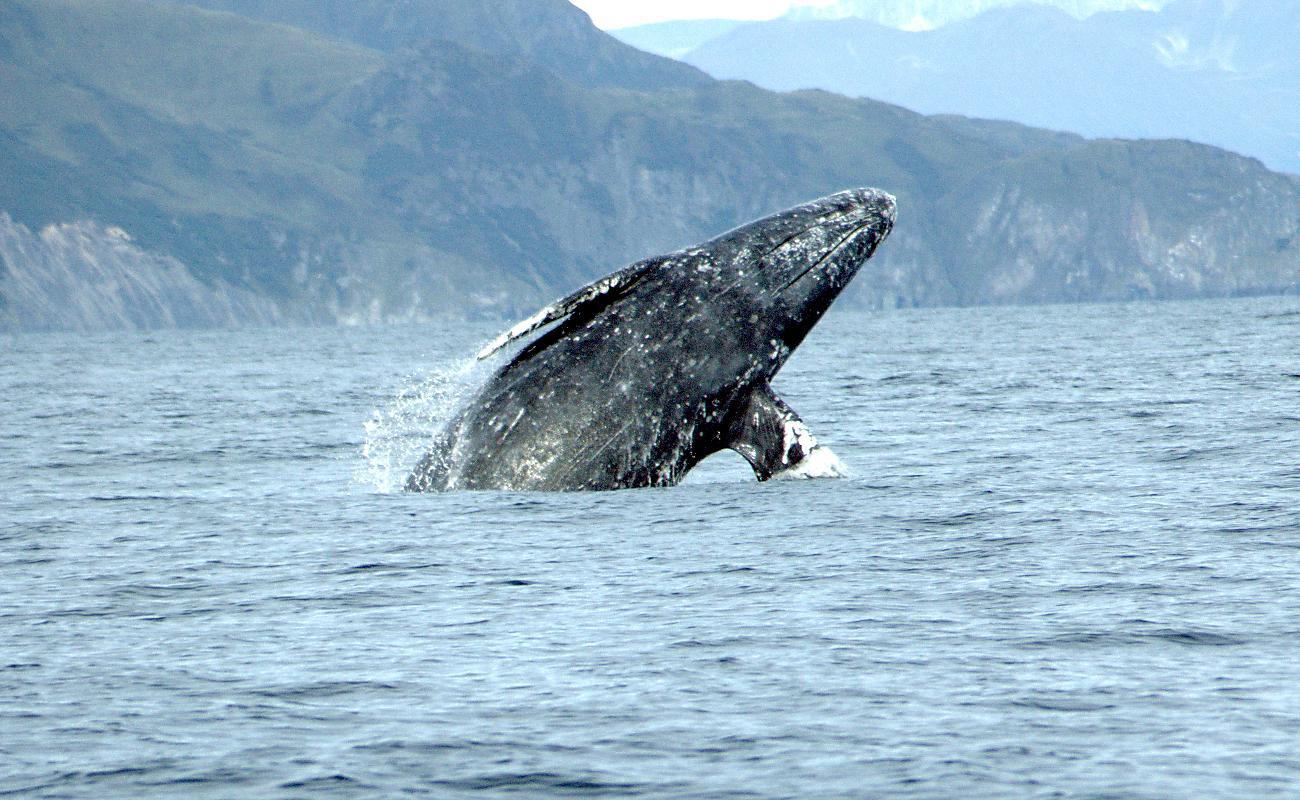
Source: Wikimedia
While the researchers couldn’t say with certainty that it was a gray whale at the time, despite following it for over 45 minutes, after reviewing the footage, they confirmed it was, in fact, the extinct species of mammal.
Crew Left in Shock After Seeing Gray Whale
Orla O’Brien, an associate research scientist who was part of the flight’s crew, explained that they were left in shock after seeing the creature in the Atlantic during an interview with “World News Tonight With David Muir.”

Source: Wikimedia
“I didn’t want to say out loud what it was because it seemed crazy,” she said.
An Experience for the Researchers
Research Technician Kate Laemmle was also on the plane during the event. During the flight, O’Brien showed the researcher images of the whale, who later spoke on the experience.

Source: Wikimedia
“My brain was trying to process what I was seeing because this animal was something that should not really exist in these waters,” said Laemmle. “We were laughing because of how wild and exciting this was—to see an animal that disappeared from the Atlantic hundreds of years ago!”
Wild and Exciting Discovery
Since hunters wiped out gray whales in the Atlantic Ocean by the 1700s, the discovery was “wild and exciting” because most of the existing species live on the Pacific coast.

Source: Wikimedia
Many gray whales spend the summer north of Alaska in the Bering and Chukchi Seas, an migrate south to southern California and Mexico for the winters.
The Whale’s Incredible Journey
During the interview, O’Brien discussed the incredible journey the whale must have taken to end up off the coast of Boston.
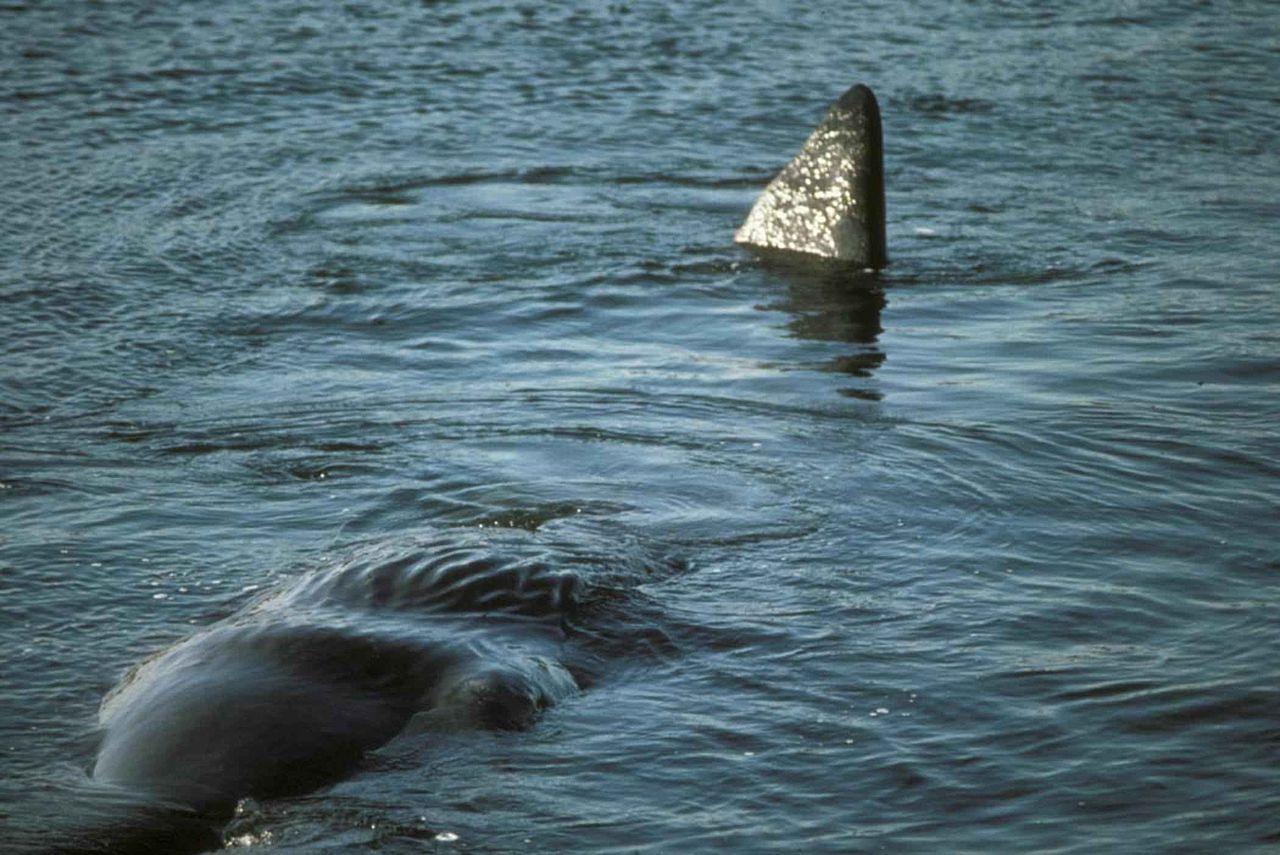
Source: Wikimedia
“This whale somehow crossed from Alaska, through the Arctic, into the Atlantic Ocean,” she explained.
Five Sightings in 15 Years
The researchers identified the whale due to its lack of a dorsal fin and several other key indicators, including its dorsal hup and pronounced ridges.
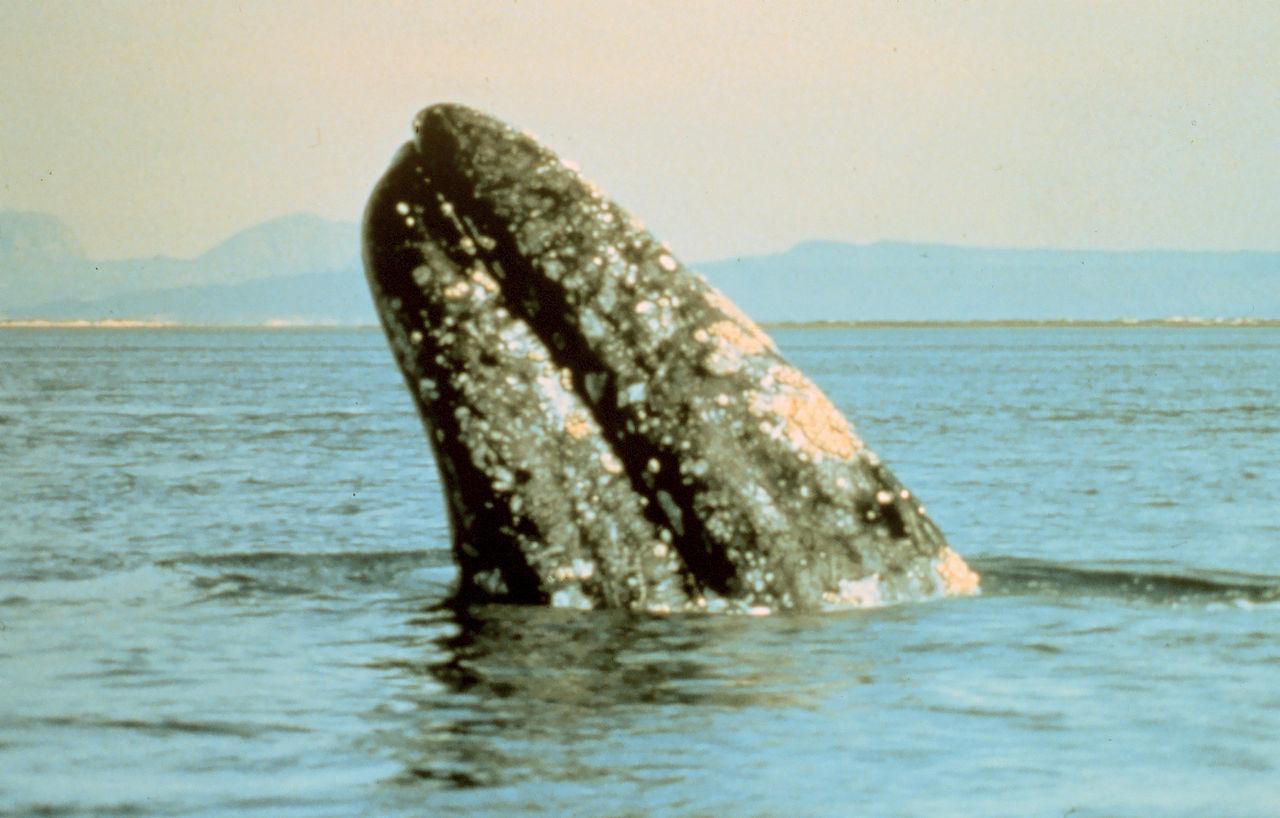
Source: Wikimedia
Despite going extinct in the Atlantic over two centuries ago, five sightings have been recorded over the past 15 years.
A Similar Whale Was Spotted Off Florida’s Coast in 2023
In 2023, a similar gray whale was spotted swimming off the coast of Florida.
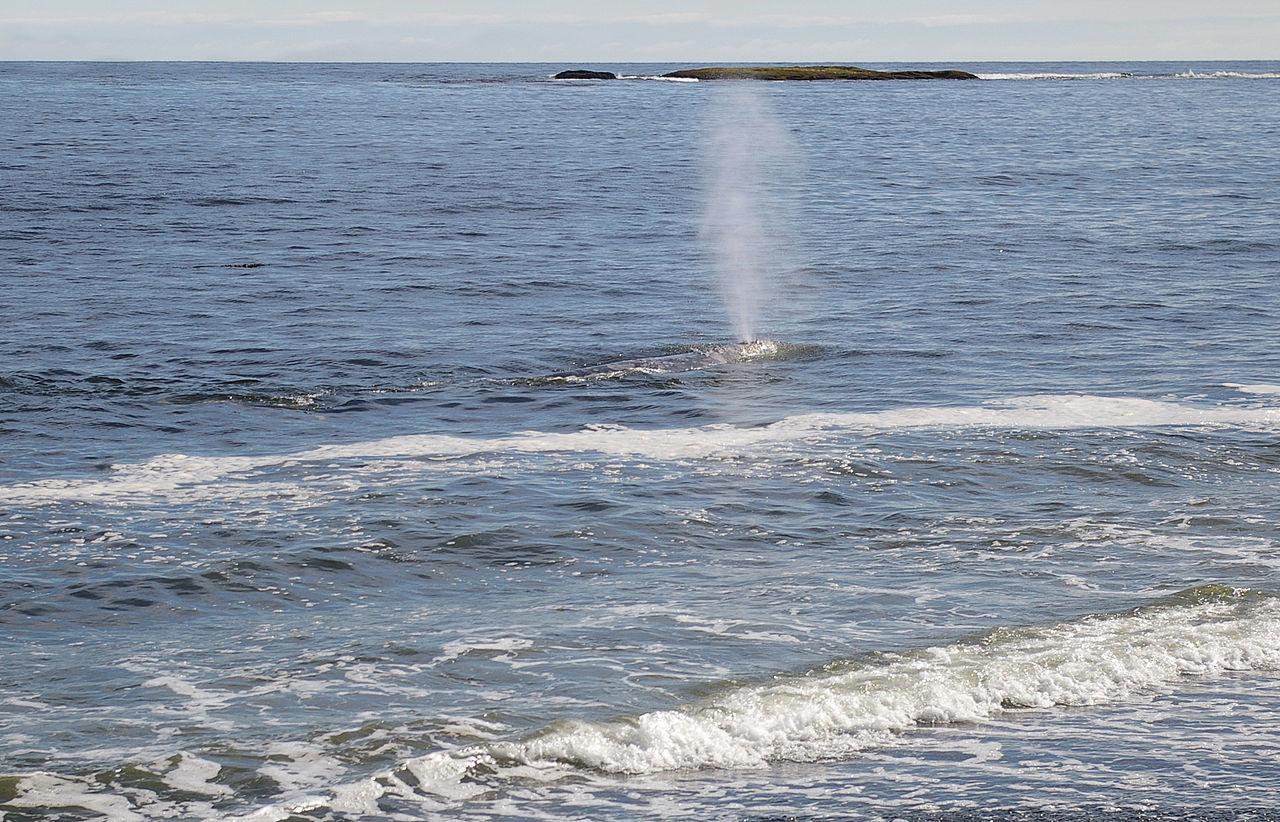
Source: Wikimedia
Aquarium researchers have suggested that the whale recently spotted by O’Brien and the NEA team may be the same one observed in the Sunshine State in December of last year.
What's Bringing the Whales Back to the Atlantic?
While researchers admit they are uncertain why the whales have returned to the Atlantic, some have suggested that rising global temperatures have played a role in the sightings, noting that less ice in the summer may have forced the whales to migrate.
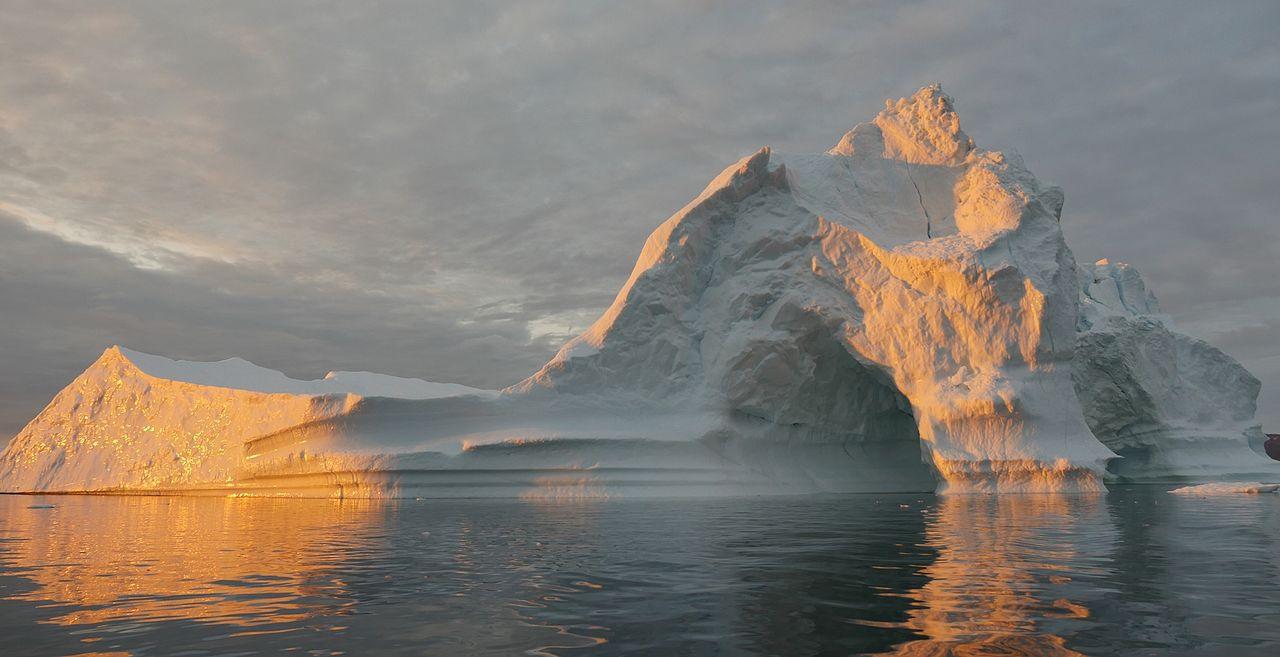
Source: Wikimedia
“The extent of the sea ice typically limits the species range of gray whales,” said the researchers in the release.
Connecting the Oceans
The Marine Mammal Center believes that the uptick in gray whale sightings in the Atlantic is likely attributable to the ice-free Northwest Passage, leaving an open route between the Pacific and Atlantic for whales to travel.
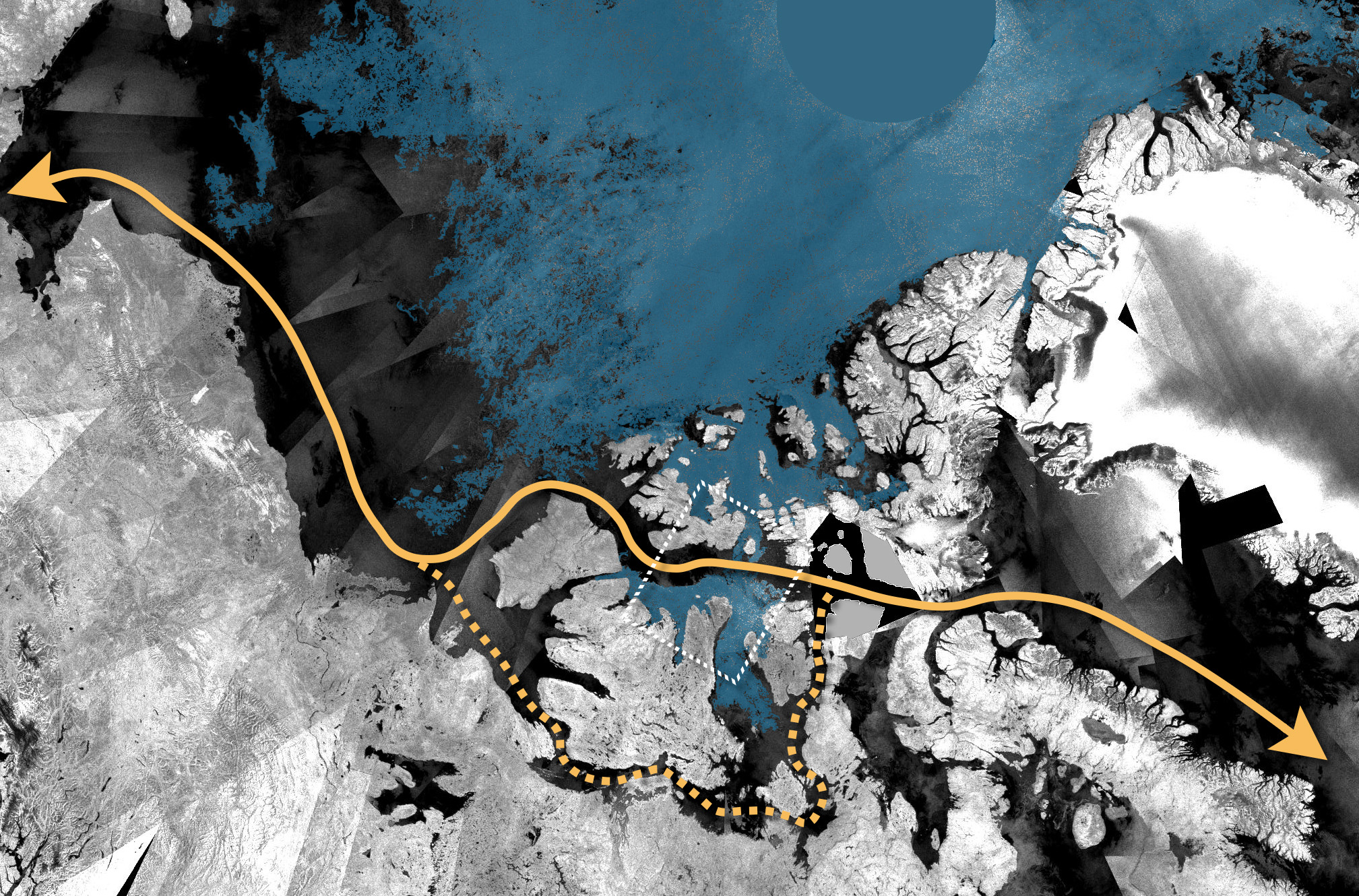
Source: ESA/Wikimedia Commons
“While we expect to see humpback, right, and fin whales, the ocean is a dynamic ecosystem, and you never know what you’ll find,” O’Brien said. “These sightings of gray whales in the Atlantic serve as a reminder of how quickly marine species respond to climate change, given the chance.”
Whales Can Migrate Earlier in the Year
According to the researchers, the rising global temperatures have allowed the gray whales to migrate even earlier due to the lack of thick ice that previously blocked their route.
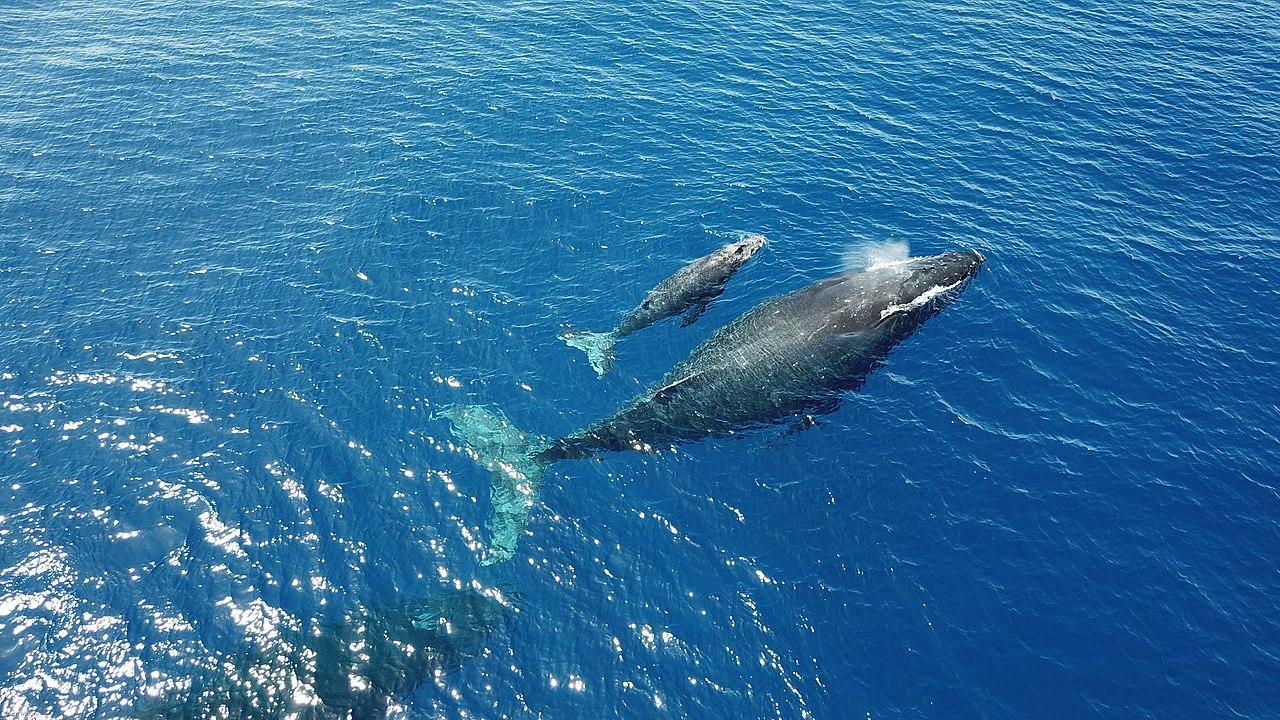
Source: Wikimedia
“Now, gray whales can potentially travel the Passage in the summer, something that wouldn’t have been possible in the previous century,” they said.
How Climate Change is Affecting Marine Life
While the gray whale sighting is fascinating in its own right, it may help researchers gain insight into how climate change is affecting larger marine life such as whales.
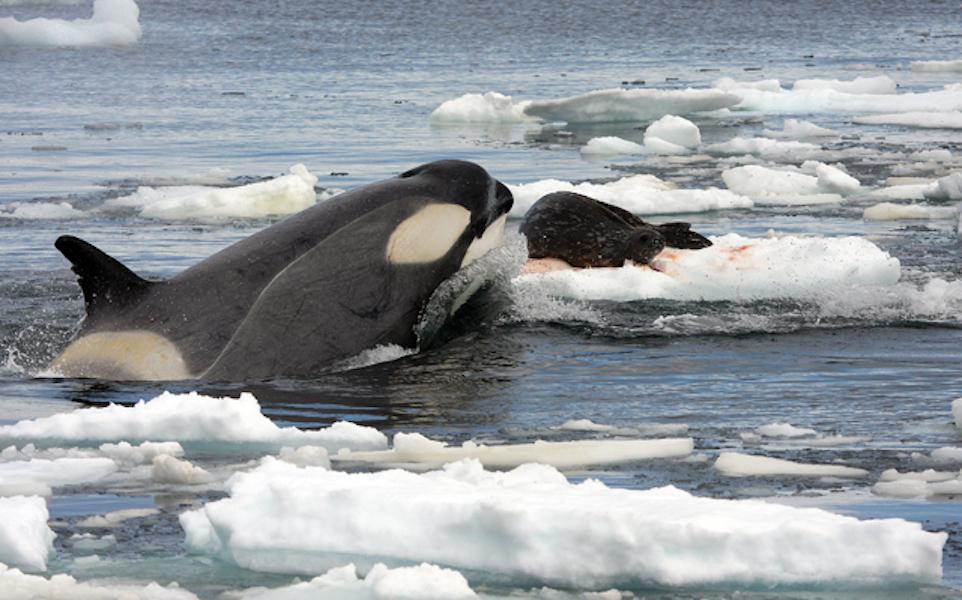
Source: Wikimedia
“These sightings of gray whales in the Atlantic serve as a reminder of how quickly marine species respond to climate change, given the chance,” said O’Brien.
Returning the Gray Whales to the Atlantic
Environmentalists are working to make sure that gray whales can return to the Atlantic Ocean safely. This means working to reduce the number of unusual mortality events that harm marine life.

Source: Pixabay/Pexels
Ship strikes and fishing lines, primarily from lobster traps, have become the primary focus to help reduce the decimation of the whale population, with slow-down zones enforced in heavy-traffic areas during whale migration times.
Helping the Atlantic Whale Population
Regulations have also been put in place to help encourage gray whales to return to the waters. Vertical lines from the ocean’s surface to the lobster traps on the seafloor now have restricted use. Environmentalists and lawmakers are also pushing for a transition to ropeless lobstering gear.
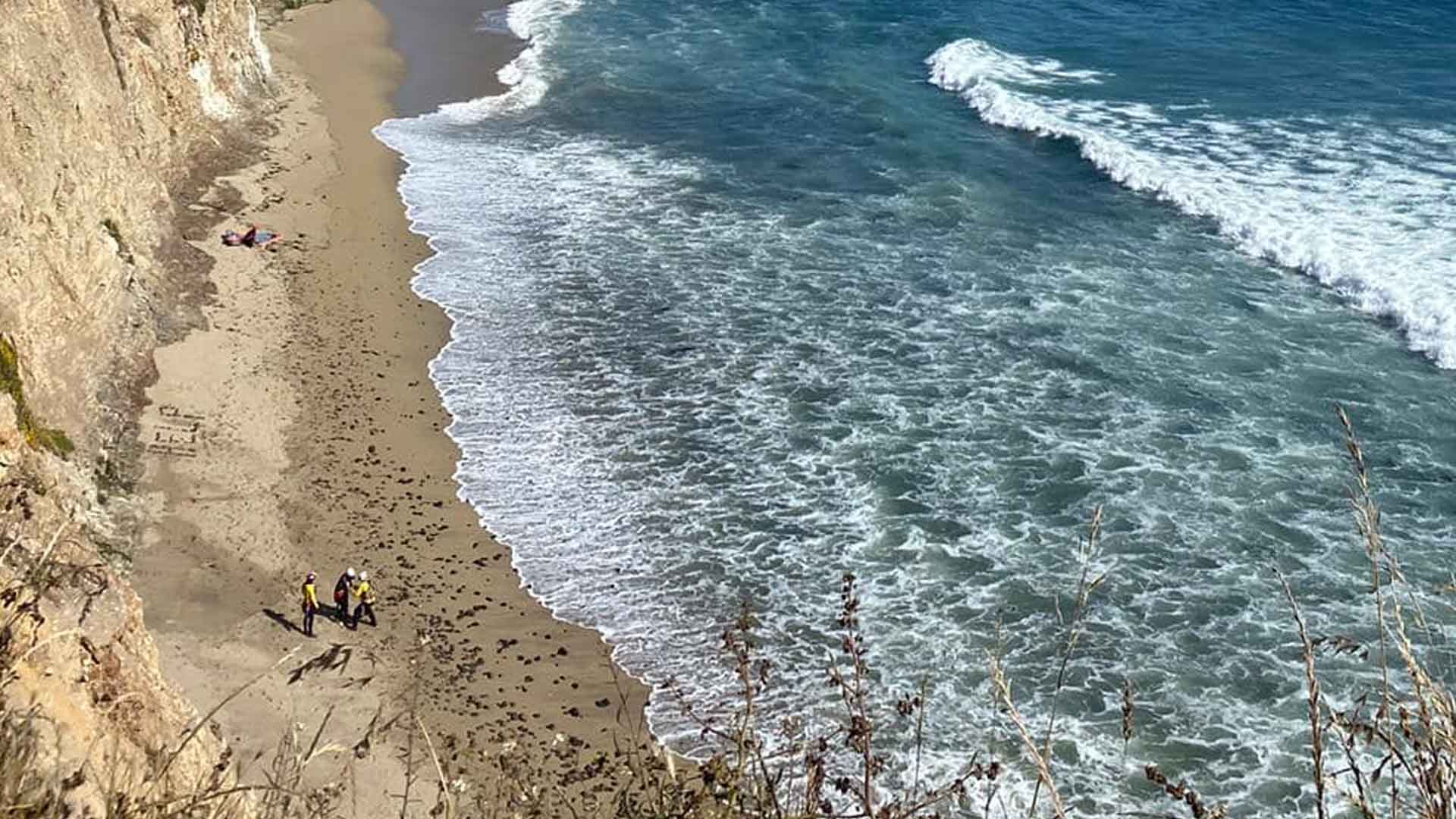
Source: CAL FIRE CZU San Mateo-Santa Cruz Unit/Facebook
While lobstermen have pushed back against the regulations, claiming it is not as effective as traditional lobstering, the lawmakers must find a way to balance marine life and commerce.
Humpbacks Are In Danger
Gray whales were not the only whales in danger in the Atlantic. Humpback whales have suffered major losses over the years. Hundreds of humpbacks have been reported as deceased since 2016.
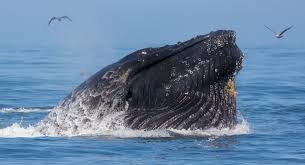
Source: Gregory Paul Smith
The Marine Mammal Stranding Center and NOAA have not concluded why those deaths have been increasing.
Concern for the Whales
“Unfortunately, it’s been a period of several years where we have had elevated stranding of large whales, but we are still concerned about this pulse” in deaths that’s now been going on for weeks, as Sarah Wilkin, the coordinator for the Marine Mammal Health and Stranding Response Program, said, (via NPR).
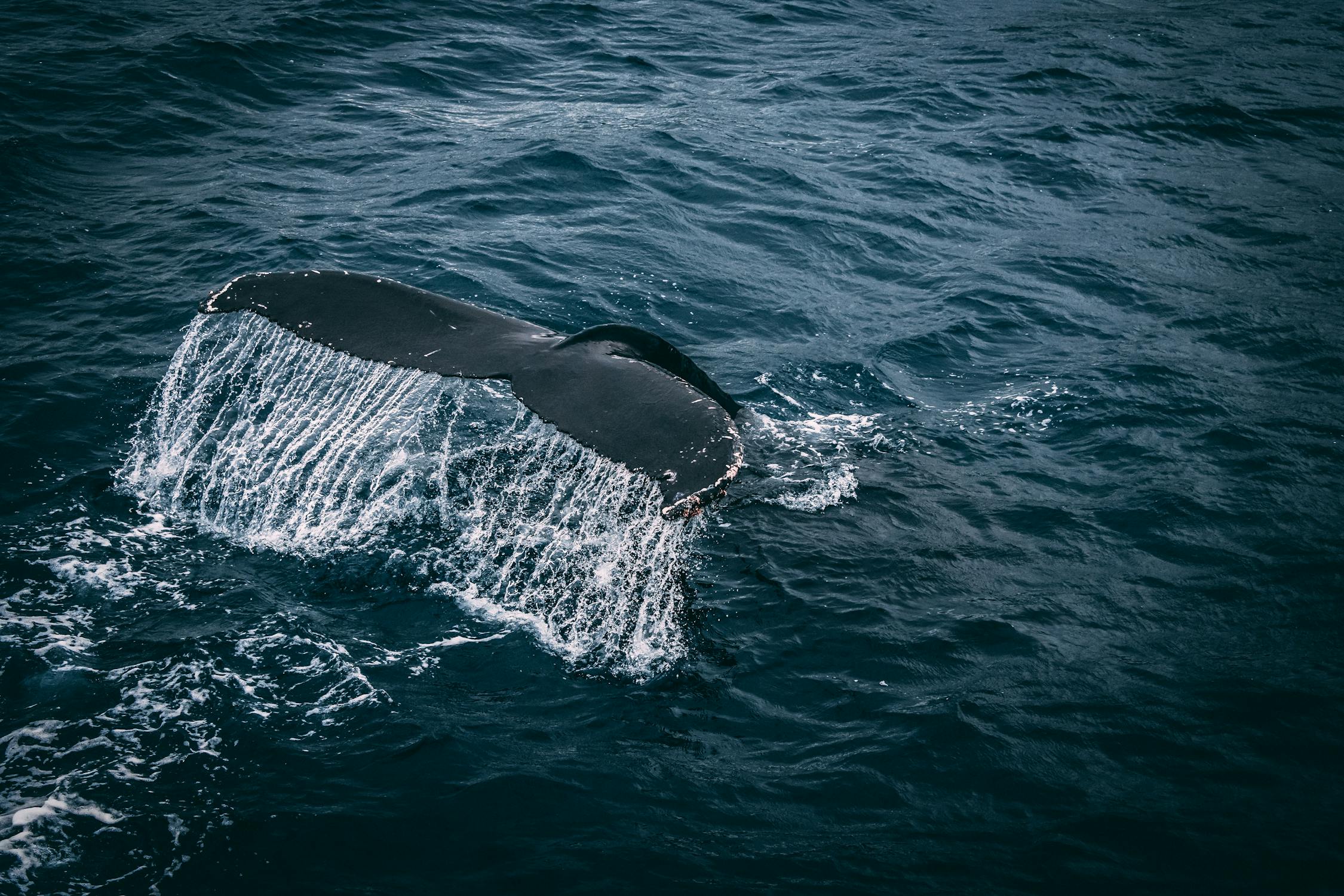
Source: Rudy Kirchner/Pexels
Scientists are concerned about the recent spikes in deaths, especially because it is happening in “a relatively tight geographic area” and in a short time frame.
An Uptick in UMEs
The agency declared an unusual mortality rate event, or UME, for the right whale and the humpback whale. UMEs refer to unexpected strandings that involve a significant die-off of any marine mammal population and require an immediate response.

Source: Freepik
In 2016, the number of reported humpbacks stranded on the coast from Florida to Maine reached 180.
Gray Whales Are Making a Comeback
Since early 2019, the NOAA has tracked gray whales on the West Coast and found 303 reported gray whales stranded on beaches stretching from Mexico to Canada.
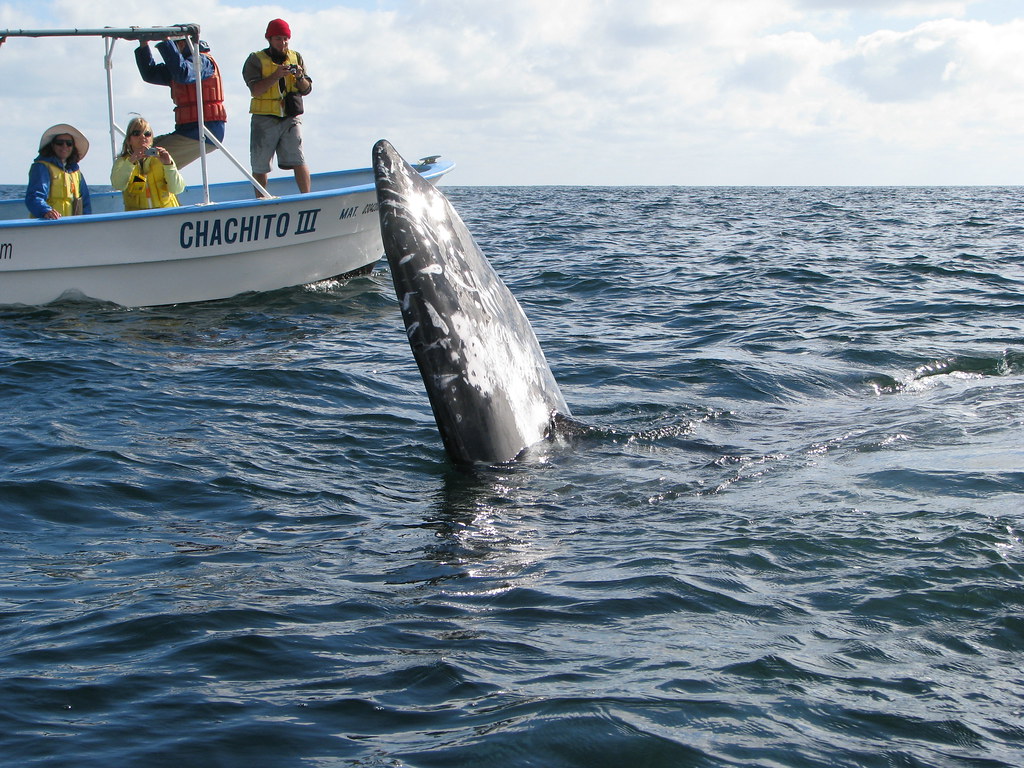
Source: NAParish/Flickr
More than a third of those deaths occurred in the first year of the UME, but the numbers have fallen sharply since.
Concern for the Right Whales
For years, environmentalists were increasingly concerned over the declining whale populations in the Atlantic, where scientists had documented several species of whales making a recovery.
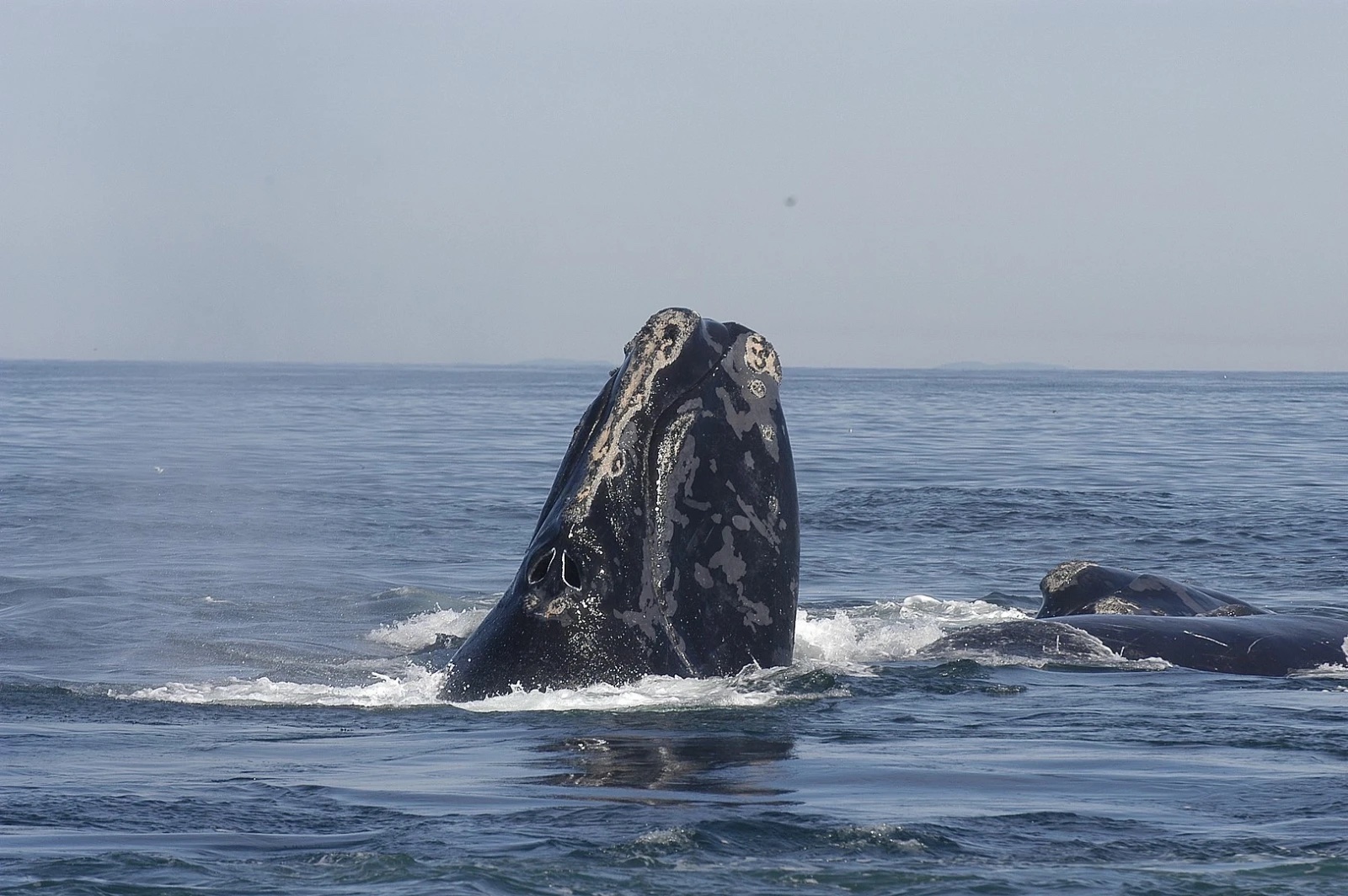
Source: Animalia
The National Oceanic and Atmospheric Administration reports that one of the biggest concerns is the North Atlantic right whale, a species that is critically endangered with roughly 360 animals remaining.
Right Whales Are Struggling to Survive
All three whales have been hunted close to extinction. While the gray and humpback whales are bouncing back in an exciting way, the right whale is struggling to survive.
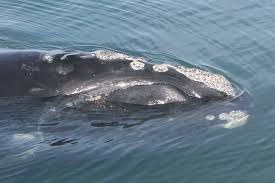
Source: FWC Fish and Wildlife Research Institute
Researchers believe that a change in food source could be the reason the right whale is struggling to pull itself out of endangerment, but others believe off-shore wind farms are to blame.
Call for Action
Clean Ocean Action, a New Jersey-based group, called for ocean wind projects to halt and for the investigation into the potential harm done to the whales as these projects map the ocean floor.

Source: Scott Olson/Getty Images
But NOAA officials and other agencies are pushing back on this call, suggesting that wind farms may not be contributing to the whale deaths.
Pushing Back Against Claims
“There are no known connections between any of this offshore wind activity and any whale stranding regardless of species,” Benjamin Laws, deputy chief for the permits and conservation division at NOAA Fisheries, said in a briefing call.
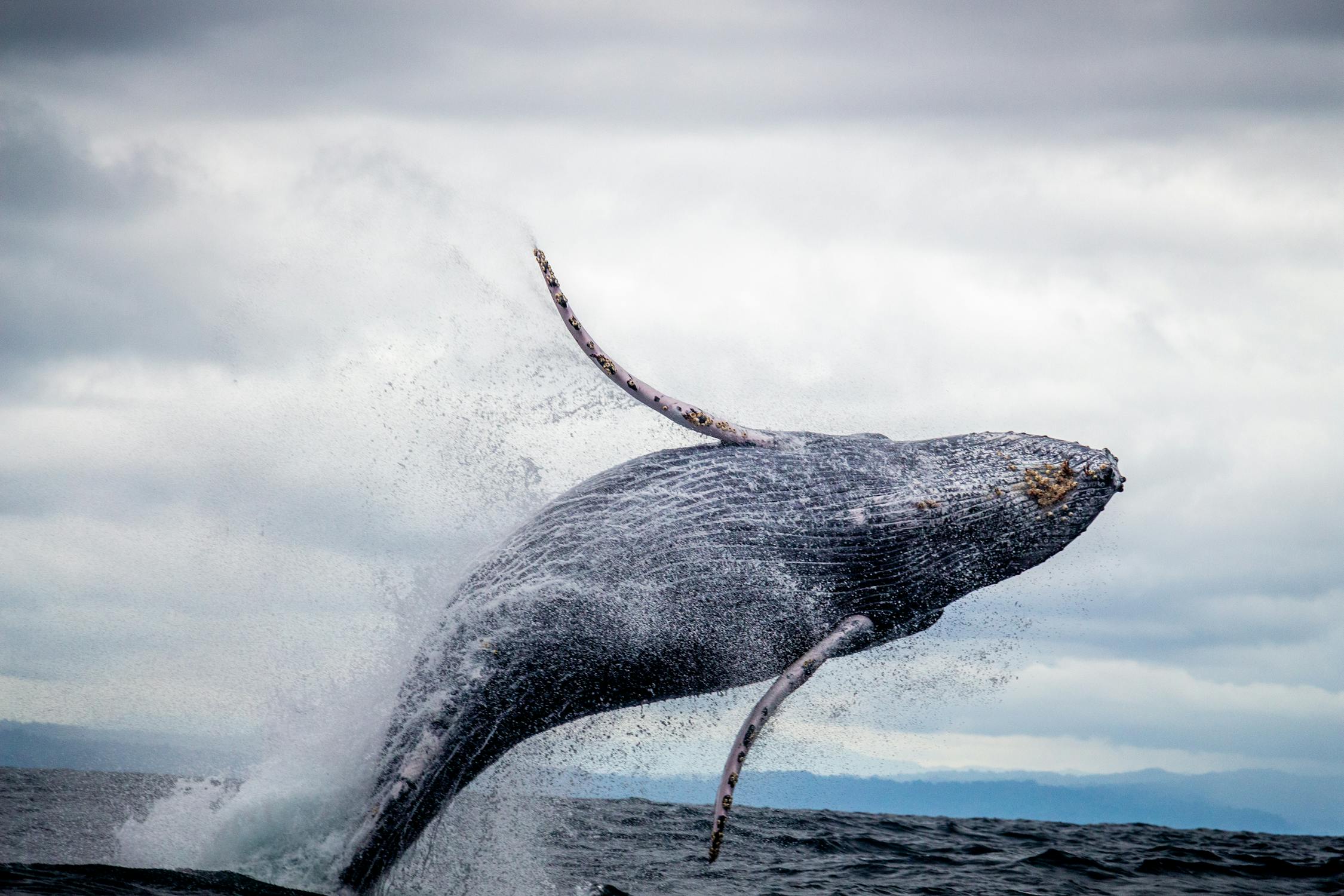
Source: Silvana Palacios/Pexels
The kind of equipment used in the areas is not problematic for projects that include marine oil and gas exploration, according to Erica Staaterman, a bioacoustician at the Bureau of Ocean Energy Management’s Center for Marine Acoustics.
